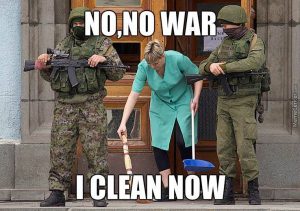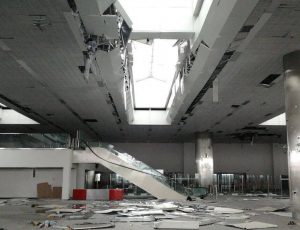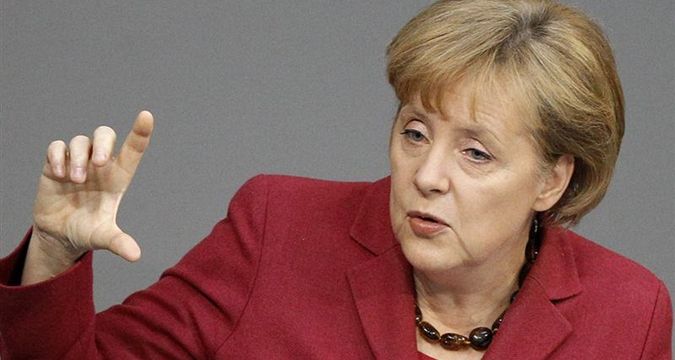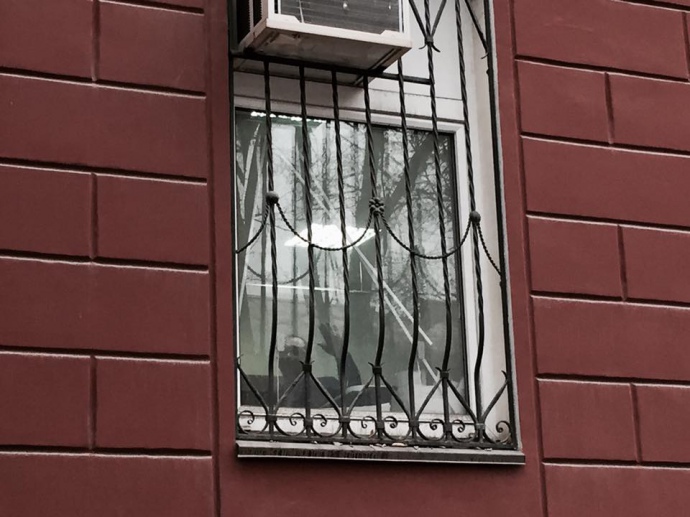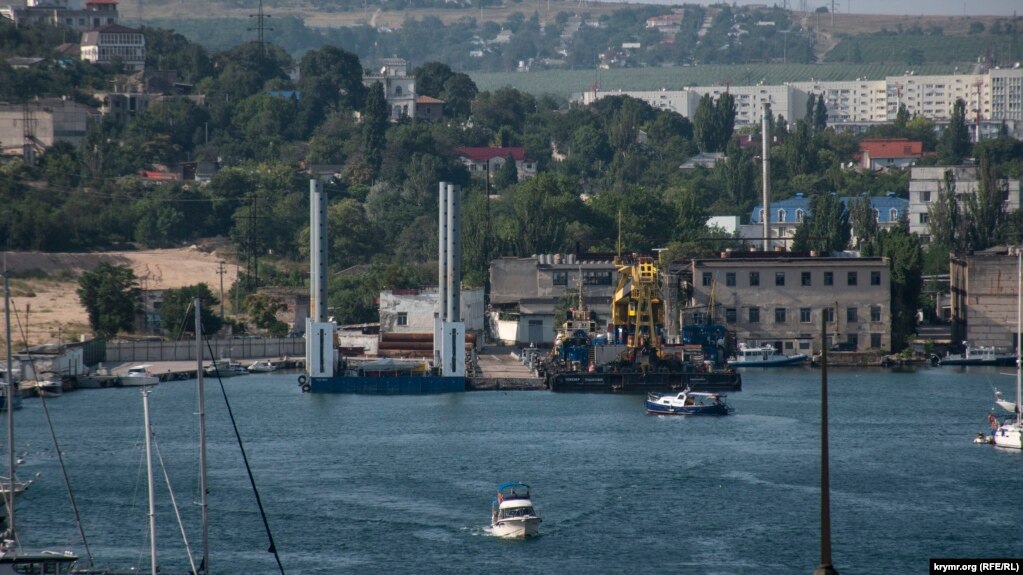Since November 2013, the normally quiet and peaceful Ukraine has been all over the headlines. Riots, the capital city burning, Russian tanks, terrorists, and so on. Unless you have been reading all the news articles since the start, it is likely a bit confusing. So, what exactly is going on in Ukraine?
If you have not yet read Part 1: The Revolution, you should! If you choose not to, then just be aware that Ukraine just had a successful revolution which toppled a president who was very cozy with the Russian government.
Crimea
On February 26, less than a week after the revolution, Russian troops invaded Crimea, a large Ukrainian peninsula. While Russia originally claimed these forces were Crimean natives, it is now well known that they were regular Russian troops, albeit without any identifying insignia. The Ukrainian military, which had been systematically destroyed under the Yanukovych regime, proved unable to cope and gave up the peninsula with little resistance.
After cutting off access to Ukrainian television, Russian television became the only source of news in Crimea. It became flooded with propaganda claiming “Nazis” and “fascists” had taken over in Kyiv and were killing all the Russians in Ukraine. The troops then took over the Crimean Rada, or parliament, and decided to hold a referendum on the status of Crimea. The referendum offered two choices: to declare independence from Ukraine, or to join the Russian Federation. There was no option to maintain the status quo.
The official results indicated that the vast majority, 96%, of Crimeans wished to join the Russian Federation. The referendum was almost certainly falsified, as polls of the peninsula indicated the actual result to be between 30-40%, even at the height of the hysteria caused by propaganda. Furthermore, no international observers were permitted to monitor the election.
Crimea was officially annexed by Russia on March 21, and the annexation is only recognized by Russia and a handful of other countries, while it remains unrecognized by the European Union and United States. Since the takeover, massive human rights violations have taken place. The Ukrainian language has been de facto
banned, and dissidents are welcomed with either a damp jail cell or removal from the peninsula. It was one of the most blatant landgrabs in Europe since the German takeover of Sudetenland in 1938.
Donbas (Eastern Ukraine)
Donbas is the most Eastern region of Ukraine and consists of the Donetsk and Luhansk oblasts. Following the Crimean annexation, rebels stormed the Regional State Administration buildings in Donetsk and Luhansk demanding that a similar referendum be held in their cities.
The Donetsk People’s Republic was declared April 7, 2014, and the Luhansk People’s Republic was declared on April 27, 2014. On May 11, a referendum was held in both. They reported a large majority believing in the legitimacy of the self-declared republics. Irregularities were rampant including allowing people not on the voter lists to vote, allowing ballot stuffing, and having far fewer voting stations open than necessary. This created long lines and ergo the illusion of popularity for the media. There was no international observation.
On May 24, the two republics formed a de jure union known as Novorossiya, or “New Russia,” an aged term for the region used when it was conquered by the Russian Empire in the late 1700s.
War in Donbas
The terrorists then took over major cities in the region: Donetsk, Luhansk, Sloviansk, Kramatorsk, Horlivka, Mariupol, and others.
In response, the Ukrainian government began to organize an ATO (Anti-Terrorist Operation). Many volunteer battalions also sprung up, motivated by seeing the pitiful shape the Ukrainian military was in. The most well known of these is the Donbas Battalion, which, at the time of this writing, had roughly 900 volunteers.
The Russian terrorists held their ground at first, but the Ukrainian army quickly organized itself and began to make progress into the rebel-held territory. The Russian Federation continued to secretly provide weapons to the terrorists, but the lack of local support allowed the Ukrainian soldiers to gradually reclaim territory.
One of the first major skirmishes was the Battle of Donetsk Airport, which ended in a Ukrainian victory and a destroyed airport.
On July 5, Sloviansk, a major stronghold of the rebels of the Donetsk People’s Republic, was retaken by the Ukrainians. This pushed the majority of the rebels into Donetsk city and the Luhansk region. The liberation of Sloviansk was considered to be a huge victory for the previously pitiful Ukrainian army.
Between August 23-24, unmarked Russian troops, similar to those who took over Crimea, appeared in Donbas. Russia has even confirmed their presence, claiming that the soldiers entered “by mistake during an exercise.” This indicates a significant escalation of the conflict, especially in the context of failed peace talks in Minsk between Ukrainian President Poroshenko and Russian President Putin.
The future for Crimea, Donbas, and Ukraine as a whole is still very uncertain as it remains largely up to the Kremlin as to what direction this war will go next.


